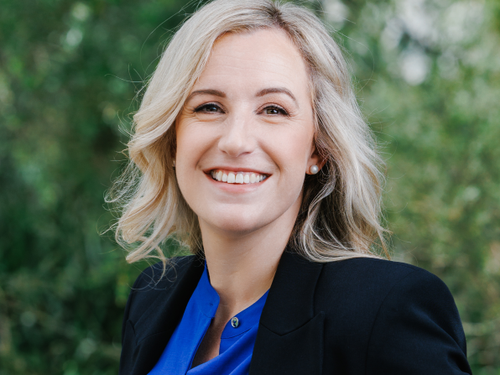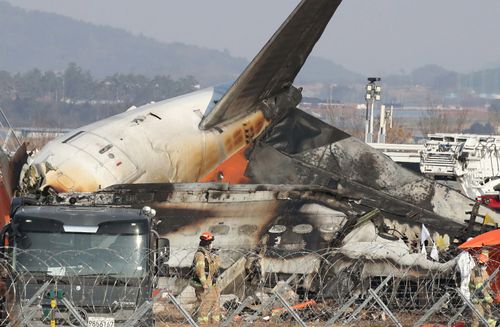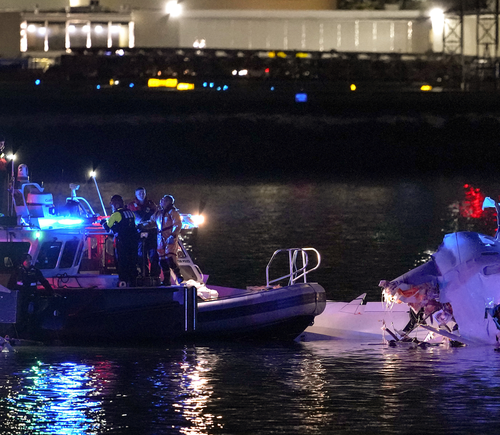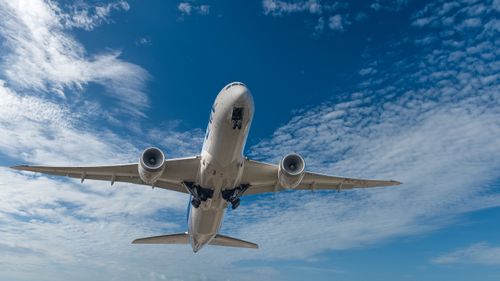Recently, however, he hasn’t found soaring 30,000ft in the sky a pleasurable experience.

“It’s not something I used to think twice about, but after seeing those headlines, I started questioning every little sound and movement in the air,” Rowe told 9news.com.au.
“Usually, I don’t over-analyse the details, but I caught myself researching the airline’s safety record and even looking up specific aircraft models.
“When I finally got on the plane, I felt uneasy during turbulence in a way I hadn’t before.”
Dr Sara Quinn, chief executive of the Australian Psychological Society (APS), said nervous flyers may be feeling their anxiety in the air amplify recently.
“The frequency and the recency of those [plane] accidents, they play a part in people realising that there’s something they want to go and talk to a psychologist about,” Dr Quinn told 9news.com.au.
“The more likely we are to be surrounded by it, the more likely it becomes part of our normal way of seeing the world around us.
“That’s a critical factor in the response to hearing about trauma.”

Dr Quinn said the feeling of helplessness contributes to a heightened fear of flying.
Humans often don’t know how to cope with a loss of control, which can lead to panic and a “chain reaction” of fear responses, she explained.
But there’s plenty of ways anxious flyers can keep their fear at bay.
“The physical symptoms, the sweating, when your heart rate goes through the roof, and you have that overwhelming sense of anxiety, that can be incredibly distressing for somebody,” Dr Quinn said.
“Learning how to manage your own breathing to decrease that level of distress is really important.
“A lot of the ways that we do that are through mindfulness strategies, relaxation techniques like deep breathing and square breathing, also progressive muscle relaxation.”


Rowe said he managed his own fear in a similar way.
He forced himself to stay distracted from monitoring everything that could go catastrophically wrong on a flight.
“When I’m on a flight, especially during takeoff and landing, I focus on staying busy. I’ll listen to music, watch something, or even just concentrate on breathing slowly,” he said.
“A pilot mate told me that the sounds and sensations during takeoff are just the aircraft doing what it’s designed to do, so I remind myself of that when I feel uneasy.
“I always bring gum for takeoff, and somehow, that little habit makes things feel more normal.
“It’s not about ignoring the fear, but keeping my mind from spiralling.”
Dr Quinn also recommends educating yourself about the likelihood of an air disaster.
“Educating yourself around how safe flying is by comparison to other modes of transport is a really nice and healthy way to approach that negative automatic thought,” she added.
“What do those statistics actually look like?”
And the chances a plane crash is deadly are even more unlikely, at one in 11 million.
Rowe said his pilot mate drilled those statistics into him, too.
“He reminded me that even with recent tragedies, the statistical safety of air travel hasn’t changed,” he added.
“It’s a mental battle, but I’m working on it, and I know I’m not alone.
“If you’re feeling the same way, I get it.”

Some Australian airlines have protocols in place to help travellers who become distressed while flying.
Virgin Australia runs its ‘Nervous Flyers Program’, which was developed for anyone who experiences “overwhelming nervousness” on a flight.
“Guests will receive a helpful email a week before departure with travel tips on how best to manage in-flight nerves, as well as a text message on the day of travel to help prepare them for their flight,” a spokesperson told 9news.com.au.
“Once on board, our cabin crew will be made aware to provide some extra care, and guests will also have access to guided meditation designed specifically for nervous flyers, available in our in-flight entertainment.
“We also provide tips for nervous flyers on our website, including techniques for managing nerves, in-flight wellbeing, and information about turbulence and connecting flights.”
